Affiliate links on Android Authority may earn us a commission. Learn more.
What is GaN and what does it mean for your tech?
Published onJanuary 8, 2020
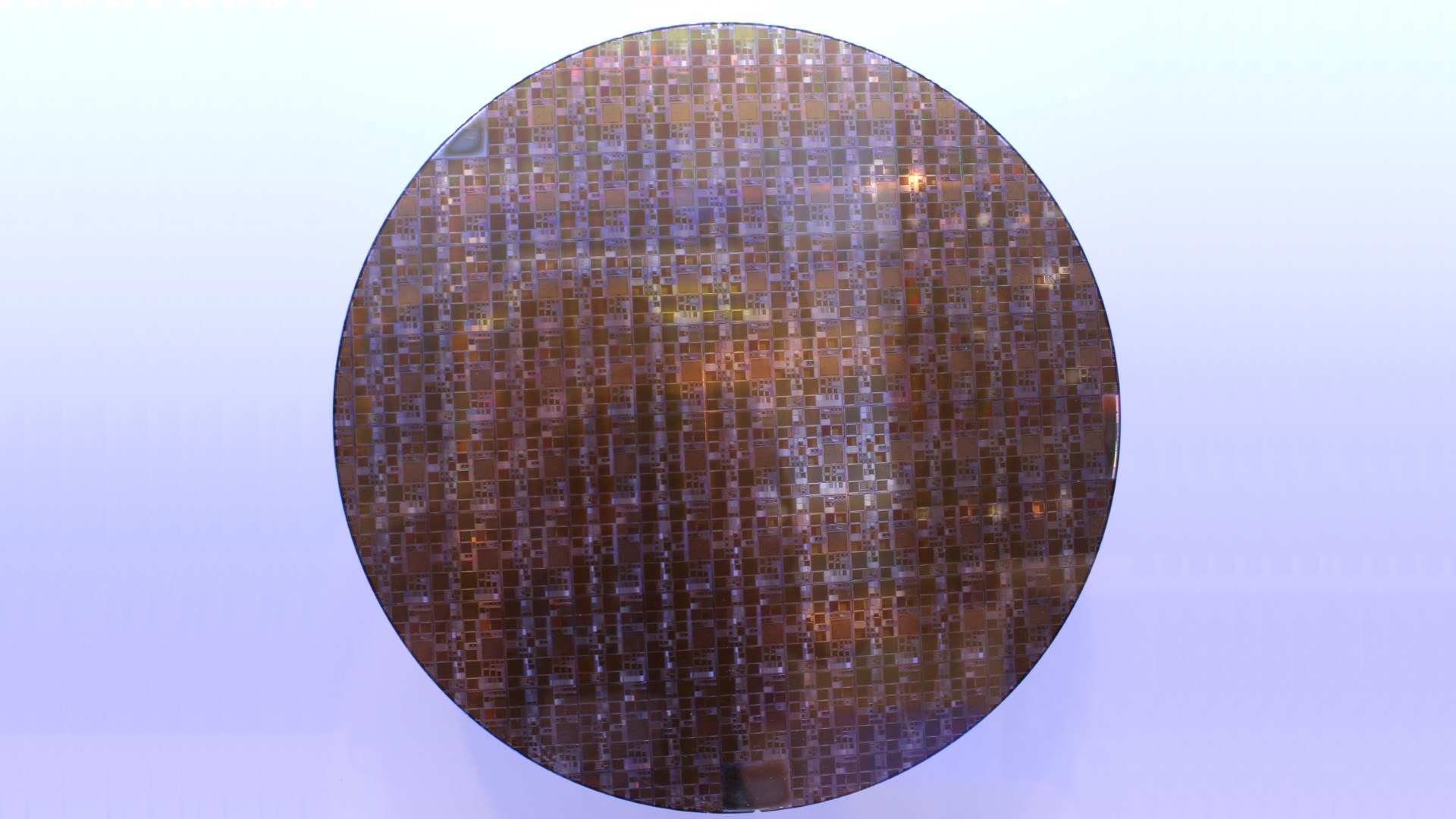
You may not have heard about gallium nitride (GaN), but it’s quickly becoming an increasingly important technology in the smartphone space. This next-generation semiconducting material is likely to make an appearance in your next smartphone charger as well as that new 5G radio tower in town.
Companies, including GV (formerly Google Ventures), have been pouring money into GaN research over several years and the investments appear to be paying dividends. Here’s everything you need to know about gallium nitride and why you should keep an eye out for it.
What is gallium nitride and what does it offer?
Gallium nitride is a chemical compound with semiconductor properties, researched and studied as far back as the 1990s. Electronic components manufactured using GaN include diodes, transistors, and amplifiers. This puts it in the same family as silicon, the most popular semiconductor material that you may have heard more about. GaN offers a number of benefits over silicon-based electronics, thanks to its wider “band-gap.” The band-gap essentially measures how easy it is for energy to pass through the material.
GaN’s properties include higher temperature limits, high power handling capabilities, and 1,000x the electron mobility versus silicon. However, GaN isn’t really suitable as a direct replacement for silicon transistors used in low power application processors across today’s gadgets. Instead, GaN’s efficiencies are most beneficial in higher power situations (where its 3.4eV vs 1.1eV band-gap really comes into play).
GaN is a superior semiconductor to silicon, but it's more expensive.
Where GaN appears particularly promising in the gadget space is in 5G antenna radio and power technologies, as well as ultra-fast charging accessories. The key thing to remember is that GaN offers better thermal and power efficiency in a smaller area than traditional silicon parts.
Gallium nitride chargers

Smartphone owners are increasingly familiar with very fast charging technologies. 30W to 40W is very common now, while some companies are even pushing 60W charging. While not unwieldy, these higher power chargers have begun creeping up in size and also dissipating (wasting) much more heat than their lower power predecessors.
The move to GaN shrinks the size of chargers while also ensuring cooler, safer charging. Power transfers from the charger to devices more efficiently using gallium nitride materials. This is even more important in higher-power devices. Laptops, for example, require even more power to charge than phones and are often lumped with large power bricks. GaN can free laptops and other high-power gadgets to run on smaller chargers.
Gallium nitride chargers are smaller and more efficient.
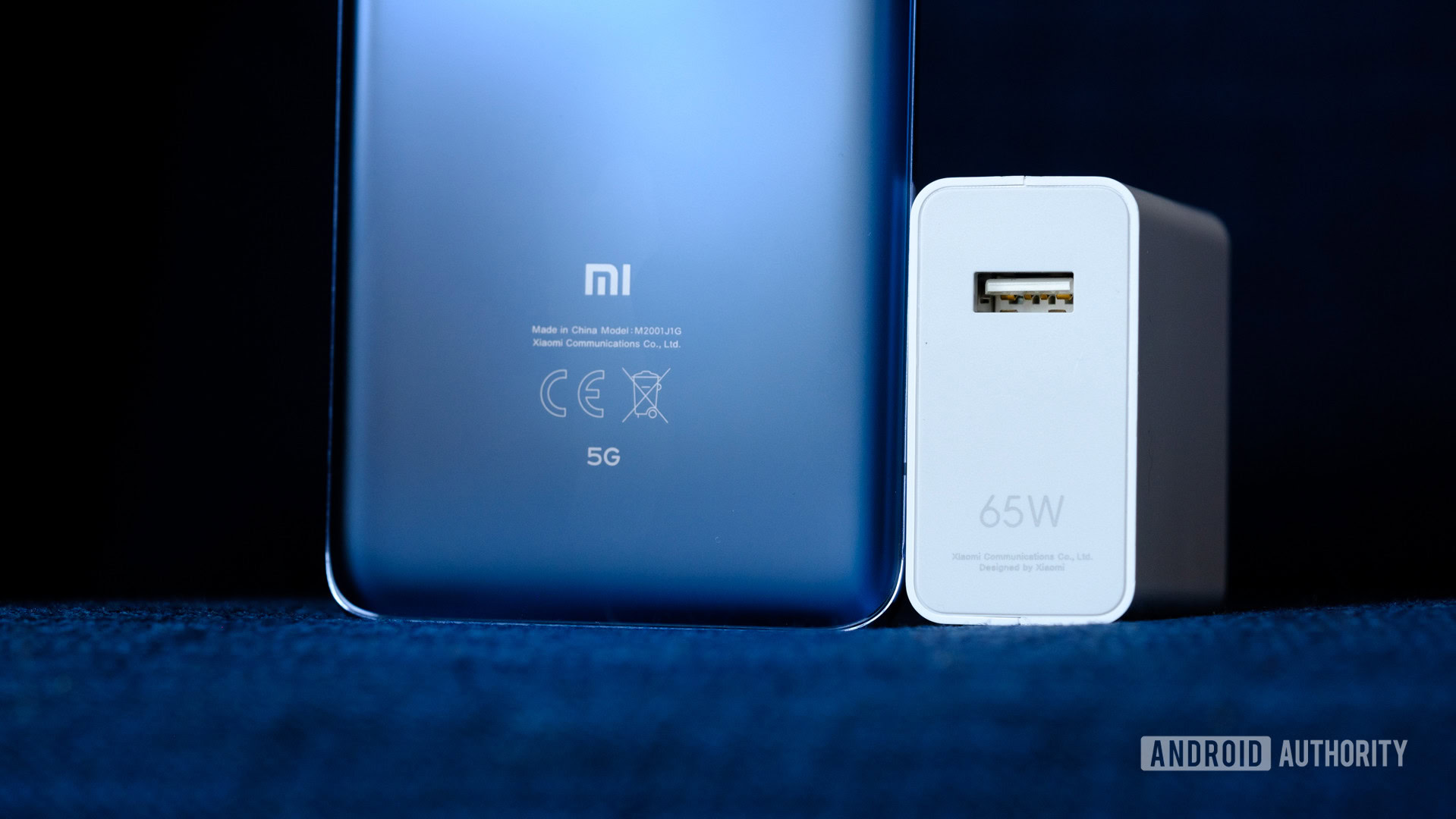
As an example, Belkin’s new GaN chargers offer a 40% improvement to power efficiency. They come in 30W, 60W, and 68W of power for laptops in form factors no larger than traditional lower power charging plugs. Anker has also embraced GaN technology with its PowerPort Atom series (pictured above) hits 60W, and AUKEY has its range of Omnia chargers too.
With gallium nitride, laptop power chargers needn’t look like huge bricks. Although the technology is a tad more expensive than traditional semiconductor materials, so don’t expect every manufacturer to make the switch immediately.
GaN and 5G
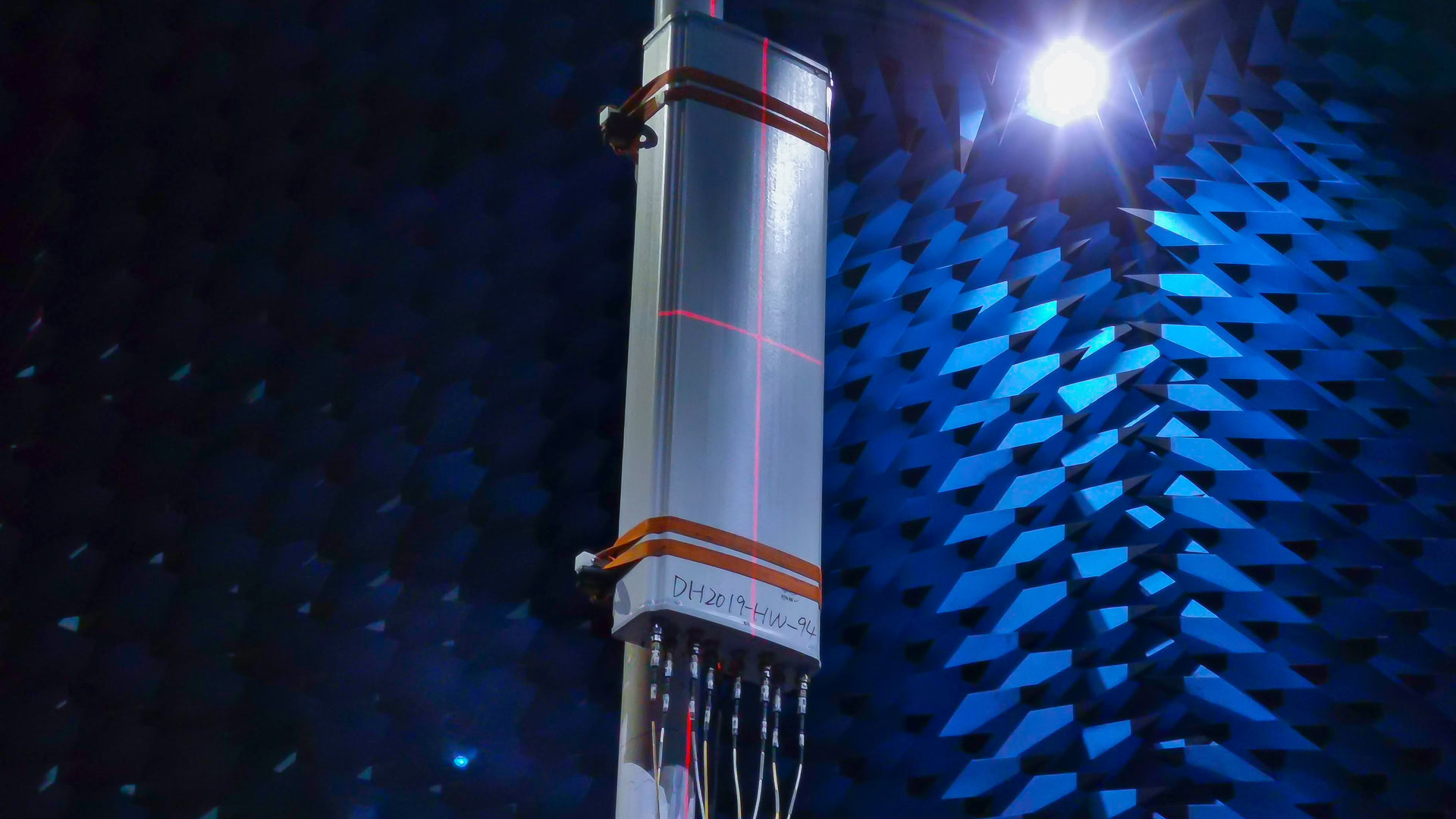
Gallium nitride also lends itself to combating the technological challenges of 5G wireless technology. The demand for more bandwidth at higher frequencies requires more power and heat, which GaN is very well suited to dealing with.
Recall GaN’s higher electron mobility versus silicon-based compounds. This makes it a suitable material for sub-6GHz and even mmWave frequencies that extend beyond 10GHz and up to 100GHz. Add in the high power and heat dissipation characteristics and the compound exceeds silicon in meeting key 5G base station requirements.
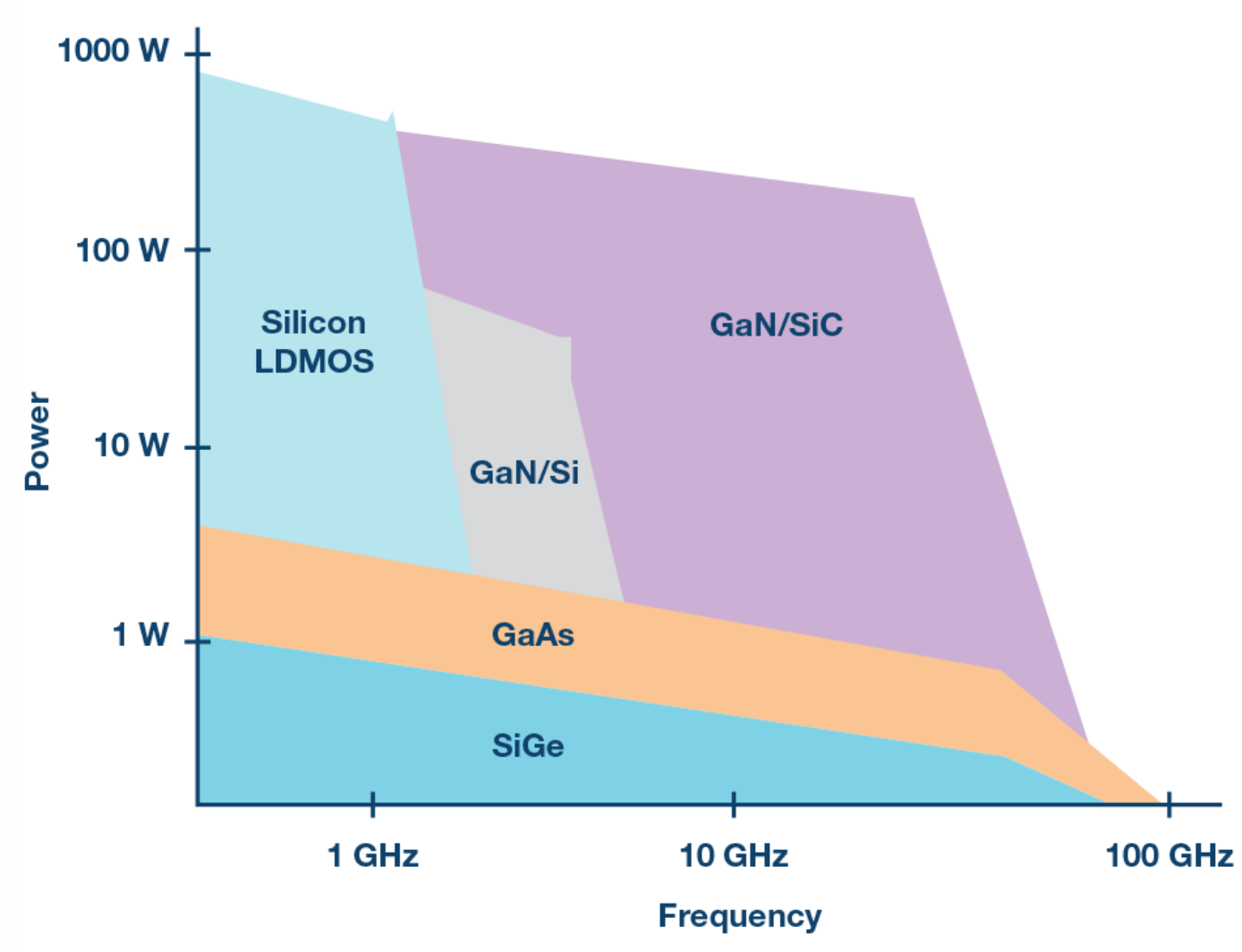
GaN-based electronics, such as power amplifiers and radio front-ends, could appear in a wide range of 5G devices. Ranging from micro-cell base-stations that make use of GaN’s smaller feature size, through to large transmitters where heat wastage is the primary concern. Gallium nitride may also turn out to be crucial in other power-hungry 5G technologies. Including envelope-tracking and beamforming antenna arrays.
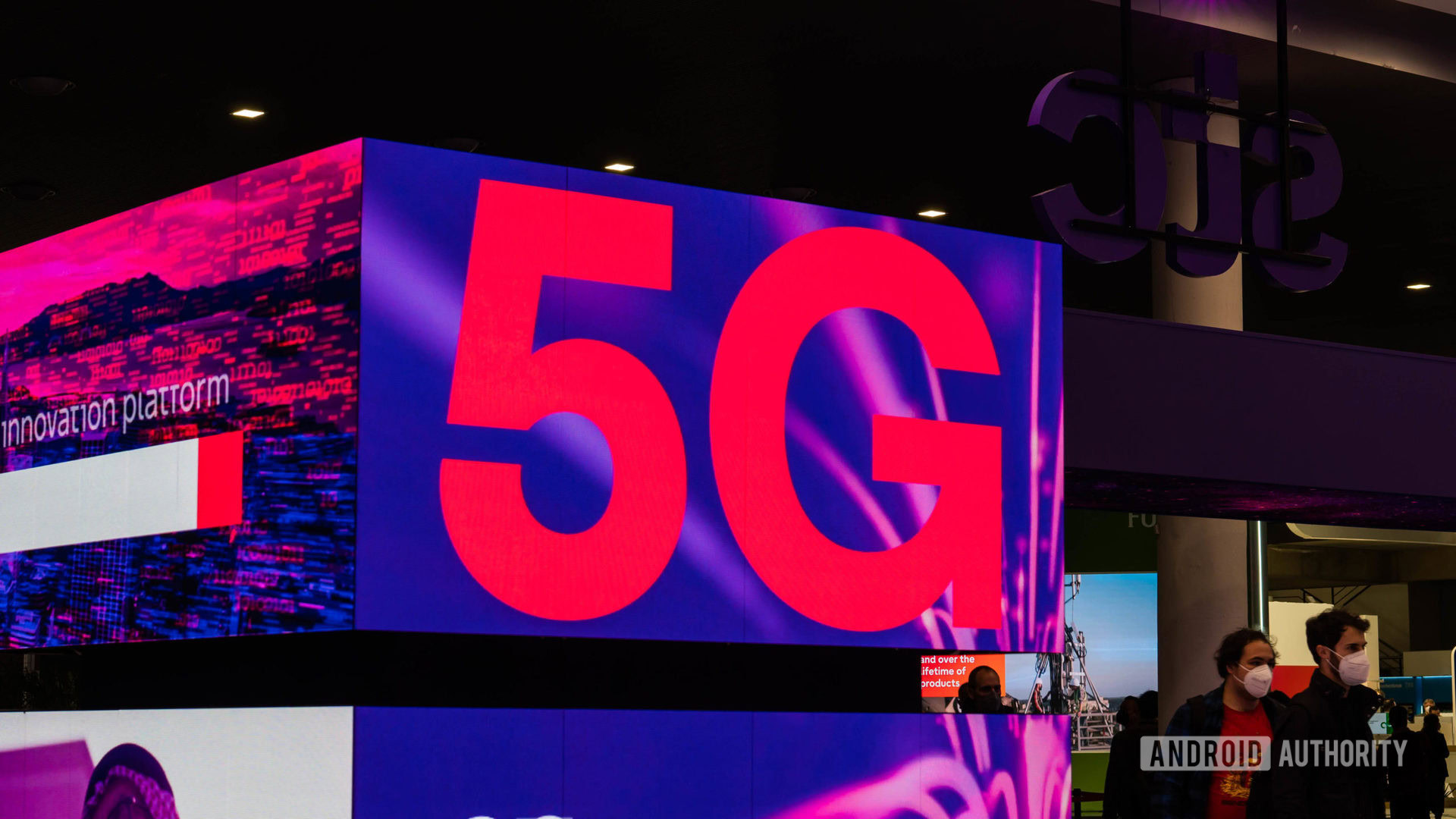
The biggest drawback with gallium nitride is, once again, its cost and unfamiliarity in the market. While research is gradually making the technology more affordable, its benefits are most pronounced for very high-frequency mmWave technologies. GaN may have a harder time competing with silicon’s economies of scale when it comes to sub-6Ghz 5G.
In summary, gallium nitride is likely to be a key material used to improve the efficiency of emerging 5G technologies. Keep an eye out for GaN in your next power adapter too. It’s already a growing player in the fast charging market.